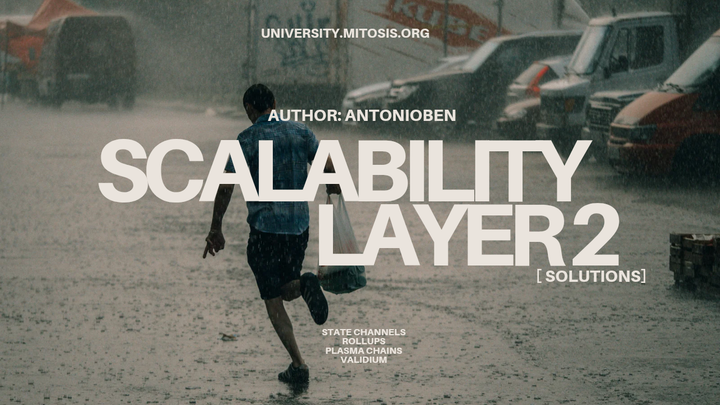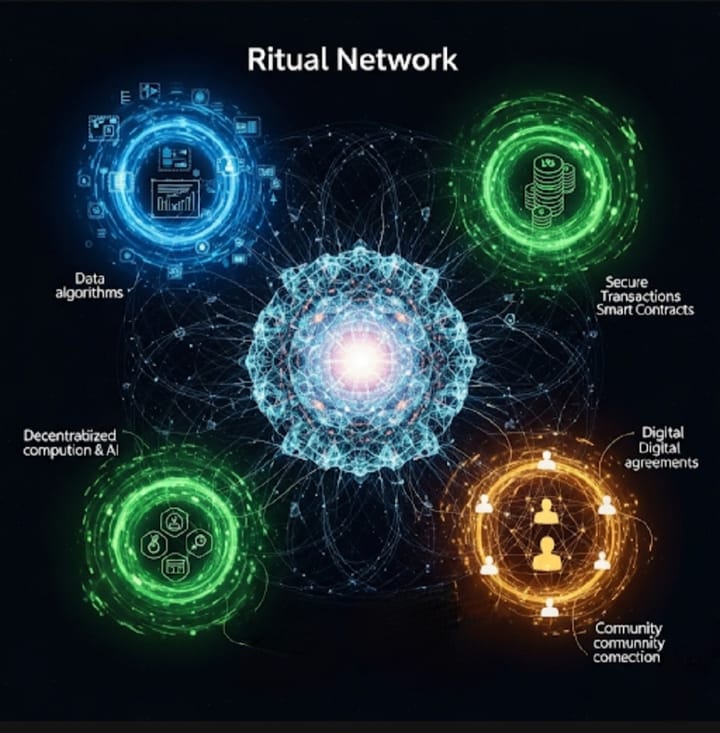Play-to-Earn Gaming: Is This the Future of Digital Work?

Looking back a decade ago, the idea of earning real income from video games was little more than a dream something reserved for esports pros or popular streamers. Today, with the rise of Play-to-Earn (P2E) games powered by blockchain and cryptocurrency, that dream is has moved closer to reality for millions worldwide. But the question remains, is it sustainable?
What Is Play-to-Earn?
Play-to-Earn is exactly what it sounds like: players earn real world value typically in the form of cryptocurrency or NFTs (non-fungible tokens) by playing games. These digital assets can then be traded, sold, or used to generate passive income within the game’s ecosystem. Play-to-Earn (P2E) games reward players with real-world value usually cryptocurrencies or Non-Fungible Tokens (NFTs) for in-game actions. Unlike traditional games, where rewards are platform-locked, P2E assets can be traded or sold on blockchain marketplaces.
Core Concept:
Blockchain and Ownership; P2E games run on blockchain, a secure, decentralized ledger. In-game items (e.g., characters, land) are NFTs, unique digital assets stored on blockchains like Ethereum or Polygon. Players own these assets, not developers. Example: In Axie Infinity, players breed and battle creatures (Axies, NFTs) to earn Smooth Love Potion (SLP) tokens, tradable for cash. In The Sandbox, players buy virtual land (NFTs) to monetize through events. Educational Note: NFTs prove ownership of unique digital items, like a deed to a specific artwork. They’re stored in a player’s crypto wallet (e.g., MetaMask), enabling secure trading.
Here is how it works:
Tokenomics
Most P2E games use dual-token systems:
- Utility Tokens: Earned via gameplay (e.g., SLP for battling in Axie Infinity).
- Governance Tokens: Grant voting rights or ecosystem shares (e.g., SAND in The Sandbox). Example: In Decentraland, players earn MANA by hosting events, spending it on land or trading it on exchanges.
NFT Ownership
NFTs represent in-game assets, tradable on platforms like OpenSea. Example: A rare Axie NFT might sell for $500, recorded on Polygon for transparency.
Technical Detail:
NFTs use ERC-721 standards, ensuring uniqueness. Layer-2 solutions like Polygon reduce gas fees (blockchain transaction costs), making P2E affordable.
Earning Loops
Players earn by completing tasks:
• Axie Infinity: Battle to earn SLP or sell Axies.
• Splinterlands: Win card battles to earn DEC tokens. Technical Detail: Rewards are distributed via smart contracts, often tied to proof-of-stake mechanisms.
The Economic Shift: Gaming as Labor
This model has particularly impacted regions where job opportunities are limited and local currencies are weak. In 2021, communities in the Philippines and Venezuela turned to P2E gaming as a legitimate source of income in some cases, surpassing minimum wage. P2E has transformed gaming from pure leisure into a form of digital labor. This shift raises fascinating and sometimes uncomfortable questions: If players are “working,” should there be labor protections? Who controls the rules, developers or decentralized communities? Is the line between work and play being erased?
Opportunities and Risks
P2E offers opportunity but has pitfalls:
- Barrier to Entry: Axie Infinity requires $50–$200 to start. Games like Splinterlands lower costs with rentable assets.
- Volatility: SLP dropped from $0.40 to $0.01 in 2021, slashing earnings.
- Unsustainability: Games like Crabada crashed when players cashed out en masse. Token sinks (e.g., breeding fees) are critical to balance economies.
- Inequality: Wealthy guilds like Yield Guild Games dominate by lending NFTs, taking profit cuts.
- Expert Insight: Investor Arianna Simpson warns, “P2E can mirror real-world inequities. Decentralization doesn’t ensure fairness.”
The Future: Work or Trend?
Supporters see P2E as part of Web3, where players own their digital labor. Games like Illuvium blend P2E with AAA-quality gameplay, aiming for mainstream appeal. Critics argue P2E prioritizes profit over fun, risking player burnout if tokens crash.
Final Thoughts
Play-to-Earn is still in its infancy, marked by growing pains and hype cycles. Yet its core idea that time spent online can generate real value is unlikely to disappear. Whether it becomes the backbone of future digital economies or fades as a trend depends on how we build, regulate, and participate in it. For now, it’s not just a game it’s a glimpse of work in a world that’s increasingly virtual.



Comments ()